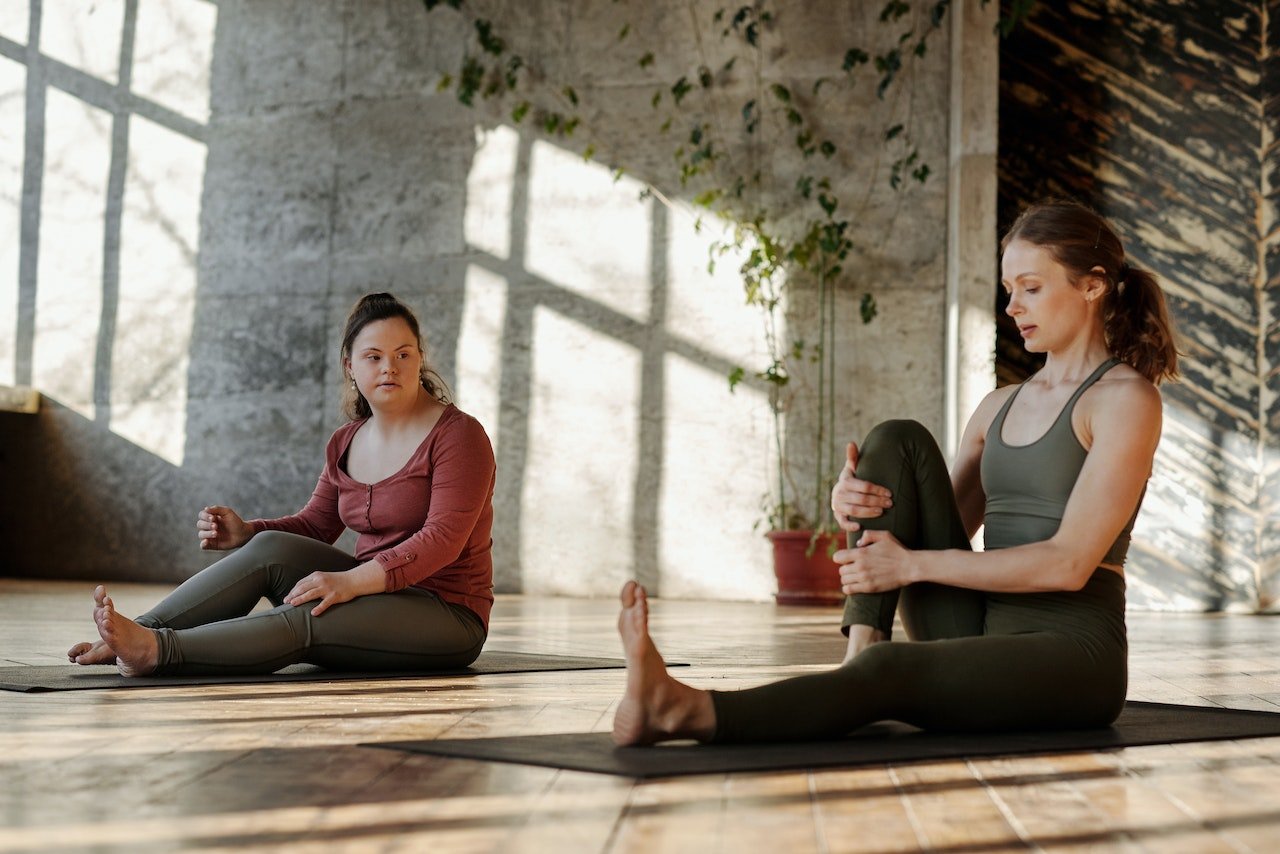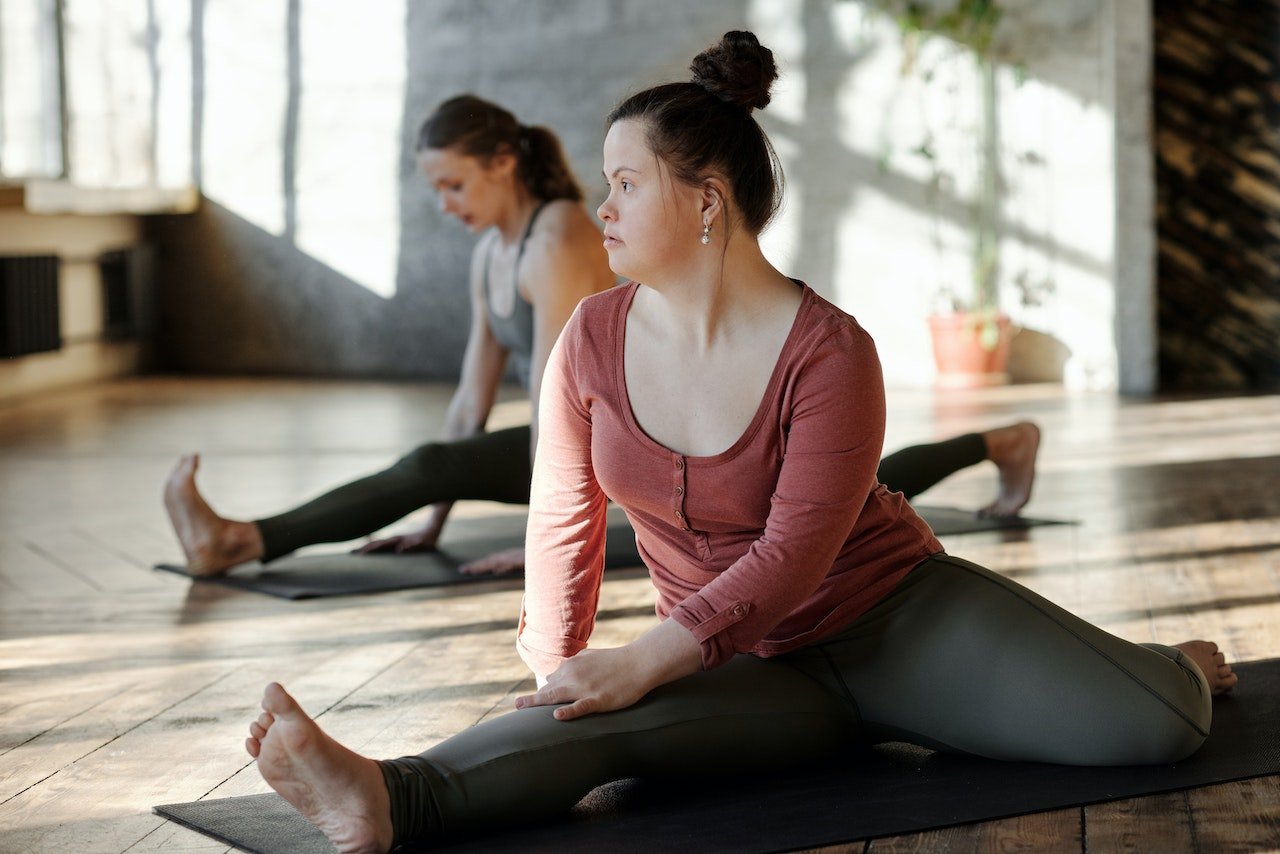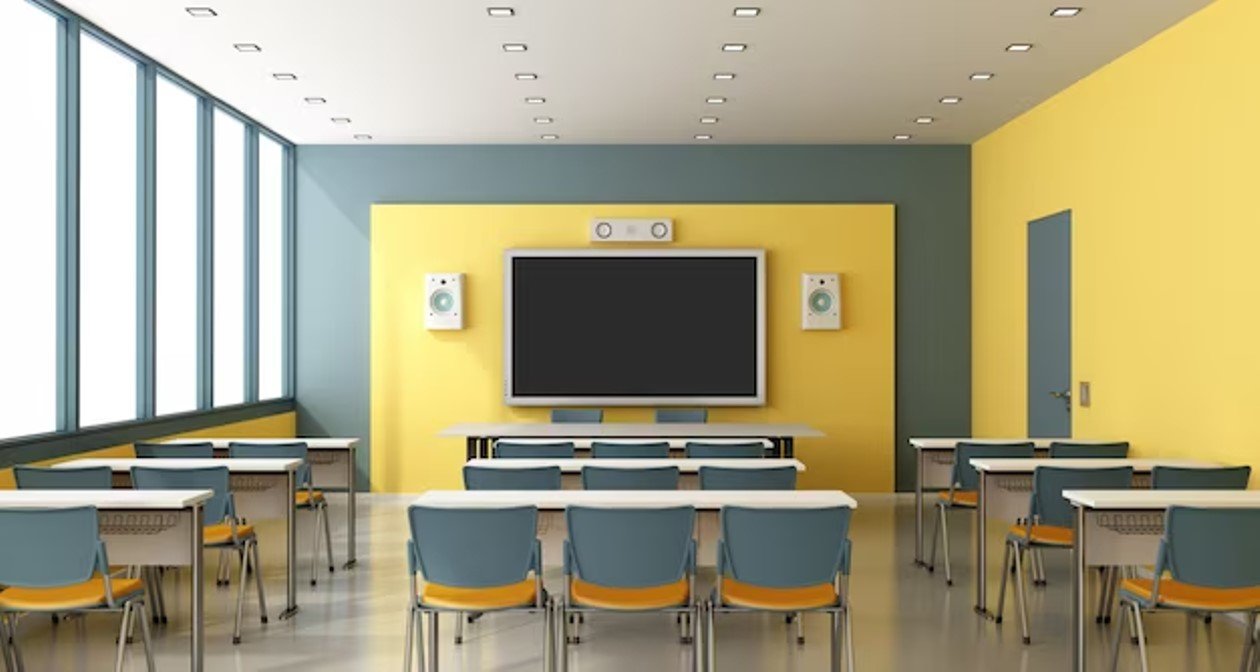10 Common Flexible Seating Myths

Flexible seating is becoming a popular trend in schools all over the world. However, there are still some myths that surround the concept. In this article, we will debunk 10 common flexible seating myths that are keeping teachers from implementing this effective teaching method.
Flexible seating is a teaching method that gives students a choice in where they sit, whether on the floor, on a cushion, or on a chair. The goal of flexible seating is to provide students with a comfortable and conducive learning environment. Unfortunately, there are many misconceptions about flexible seating that prevent teachers from adopting it in their classrooms. In this article, we will break down these myths and provide you with the facts about flexible seating.
Read More: Top 10 Education Systems in the World.
Myth 1: Flexible seating is too expensive
One of the biggest myths about flexible seating is that it is too expensive. However, this is not entirely true. While it is true that some of the furniture used in flexible seating classrooms can be expensive, there are many affordable options available. For example, yoga mats and bean bag chairs can be purchased at a low cost and provide a comfortable seating option for students. Common Flexible Seating Myths.
Myth 2: Flexible seating is too distracting
Some people believe that flexible seating is too distracting for students. However, studies have shown that allowing students to choose their own seating can actually increase their focus and engagement in the classroom. When students are comfortable and relaxed, they are more likely to pay attention and participate in class.

Myth 3: Flexible seating is only for young students
Flexible seating is often associated with younger students, but it can be just as effective for older students as well. In fact, some high schools have adopted flexible seating as a way to create a more comfortable and collaborative learning environment for their students.Common Flexible Seating Myths.
Myth 4: Flexible seating is unstructured
Another myth about flexible seating is that it is unstructured and chaotic. However, flexible seating does not mean a lack of structure or rules. Teachers can still set expectations for their students and create a structured learning environment, even with flexible seating.
Myth 5: Flexible seating is only for certain types of learners
Another misconception about flexible seating is that it only benefits certain types of learners. However, all students can benefit from flexible seating. Providing students with a choice in their seating options can help them feel more comfortable and engaged in the classroom, regardless of their learning style. Common Flexible Seating Myths.
Myth 6: Flexible seating is a passing fad
Flexible seating is not a passing fad. In fact, it has been around for decades. The concept of flexible seating has gained more attention in recent years, but it is not a new idea.
Myth 7: Flexible seating is not effective
Some people believe that flexible seating is not an effective teaching method. However, studies have shown that it can have a positive impact on student engagement and academic performance. Providing students with a comfortable and supportive learning environment can help them feel more confident and motivated in their studies. Common Flexible Seating Myths.
Myth 8: Flexible seating is too much work for teachers
Another myth about flexible seating is that it is too much work for teachers. However, once the classroom is set up, the maintenance of flexible seating is not much different than traditional seating. In fact, teachers may find that flexible seating can reduce classroom behavior issues, making their job easier.Common Flexible Seating Myths.
Myth 9: Flexible seating is only for affluent schools
Flexible seating is not just for affluent schools. While some of the furniture used in flexible seating classrooms can be expensive, there are many affordable options available. Teachers can get creative and use materials like milk crates or old tires to create seating options for their students.Common Flexible Seating Myths.
Myth 10: Flexible seating is a distraction from learning
Finally, some people believe that flexible seating is a distraction from learning. However, this is not true. Flexible seating can actually enhance learning by allowing students to choose a seating option that works best for them. When students are comfortable and engaged, they are more likely to absorb and retain information.
Common Myths about Flexible Seating
While flexible seating has been gaining popularity in classrooms, there are still some common myths and misconceptions surrounding it. In this article, we will debunk 10 of the most common flexible seating myths. Common Flexible Seating Myths.
Myth #1: Flexible seating is only for students with ADHD
One common myth about flexible seating is that it is only beneficial for students with ADHD or other learning disabilities. However, research has shown that all students can benefit from a choice in seating. Students who are given the option to choose where they sit are more likely to be engaged and focused, regardless of their learning abilities.
Myth #2: Flexible seating is too chaotic
Another myth is that flexible seating can create a chaotic and unstructured classroom environment. However, teachers who have implemented flexible seating in their classrooms have reported that it can actually create a more calm and focused learning environment. When students are given a choice in seating, they are more likely to find a comfortable and supportive learning environment that works for them.

Myth #3: Flexible seating is too expensive
Many people believe that implementing flexible seating in a classroom is too expensive. While some furniture used in flexible seating classrooms can be costly, there are many affordable options available. For example, teachers can use inexpensive materials like yoga balls, floor pillows, and crates as seating options. Common Flexible Seating Myths.
Myth #4: Flexible seating is only for young students
Flexible seating can be beneficial for students of all ages, including high school and college students. Regardless of age, all students benefit from a comfortable and supportive learning environment.
Myth #5: Flexible seating is only for certain subjects
Another common myth is that flexible seating is only beneficial for certain subjects, like art or music. However, flexible seating can benefit students in all subjects, as it helps to create a more engaged and focused learning environment.Common Flexible Seating Myths.
Myth #6: Flexible seating is too distracting
Some people believe that flexible seating can be too distracting for students. However, studies have shown that allowing students to choose their own seating can actually increase their focus and engagement in the classroom. Common Flexible Seating Myths.
Myth #7: Flexible seating is not supported by research
Flexible seating is a relatively new teaching method, but there is already a growing body of research that supports its benefits. Studies have shown that flexible seating can improve student engagement, academic performance, and even their physical health.
Myth #8: Flexible seating is too difficult to manage
Another common myth is that flexible seating can be difficult for teachers to manage. However, teachers who have implemented flexible seating in their classrooms have reported that it is no more difficult to manage than a traditional classroom setup. With clear expectations and guidelines, students are able to manage their own seating choices. Common Flexible Seating Myths.
Myth #9: Flexible seating is a distraction for teachers
Some people believe that flexible seating can be a distraction for teachers, as they may need to constantly monitor students who are sitting on the floor or using unconventional seating options. However, teachers who have implemented flexible seating in their classrooms have reported that it actually allows them to move around the classroom more freely and monitor students more effectively. Common Flexible Seating Myths.
Myth #10: Flexible seating is not effective
Finally, some people believe that flexible seating is not an effective teaching method. However, studies have shown that it can have a positive impact on student engagement and academic performance. By allowing students to choose a seating option that works best for them, they are more likely to be comfortable and engaged, which can enhance their learning experience. Common Flexible Seating Myths.
Conclusion
Flexible seating is a powerful teaching method that can benefit students of all ages and learning styles. By debunking these common myths, we hope that more teachers will consider implementing flexible seating in their classrooms. It is a cost-effective way to create a comfortable and supportive learning environment that can







